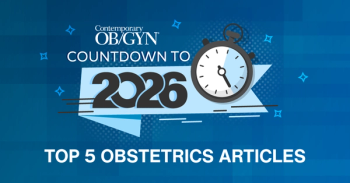
Yoga is better than other forms of exercise. . .
Yoga is better exercise when it comes to treating symptoms associated with the climacteric.
. . . when it comes to treating many of the symptoms associated with the climacteric, according to the findings of a single-blind, prospective, randomized study from India.
Researchers analyzed the findings from 108 perimenopausal women between the ages of 40 and 55 years. Under the supervision of trained teachers for 1 hour daily, 5 days per week, for 8 weeks, about half of the women practiced an integrated approach to yoga comprising surya namaskara (sun salutation) with 12 postures, pranayama (breathing practices), and avartan dhyan (cyclic meditation), while the other half practiced a set of simple physical exercises.
According to results of the Mann-Whitney test, the women taking yoga fared significantly better than the women performing other physical exercises with vasomotor symptoms (P<.05), they fared marginally better with psychological factors (P=.06), and fared about the same as those in the control group when it came to somatic complaints.
Chattha R, Raghuram N, Venkatram P, et al. Treating the climacteric symptoms in Indian women with an integrated approach to yoga therapy: a randomized control study. Menopause. 2008;15:862-870.
Newsletter
Get the latest clinical updates, case studies, and expert commentary in obstetric and gynecologic care. Sign up now to stay informed.











